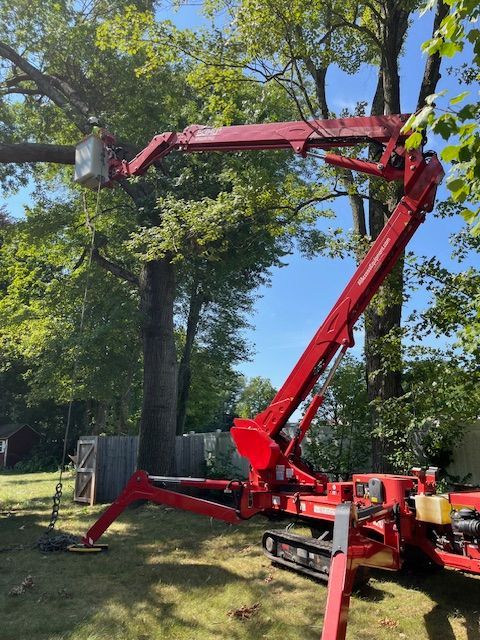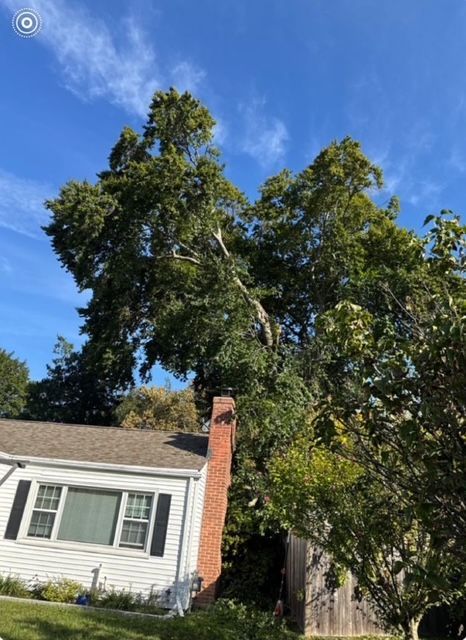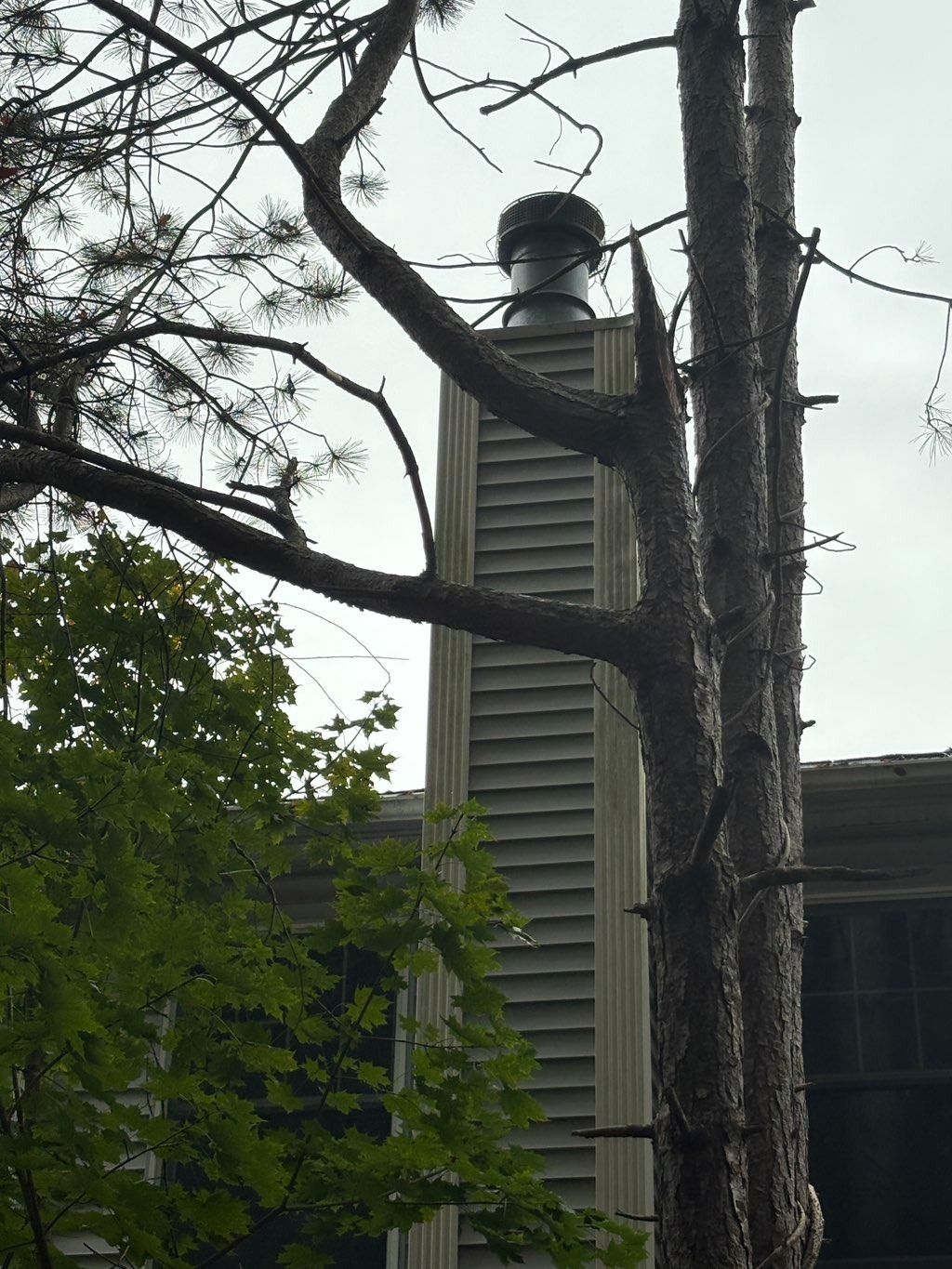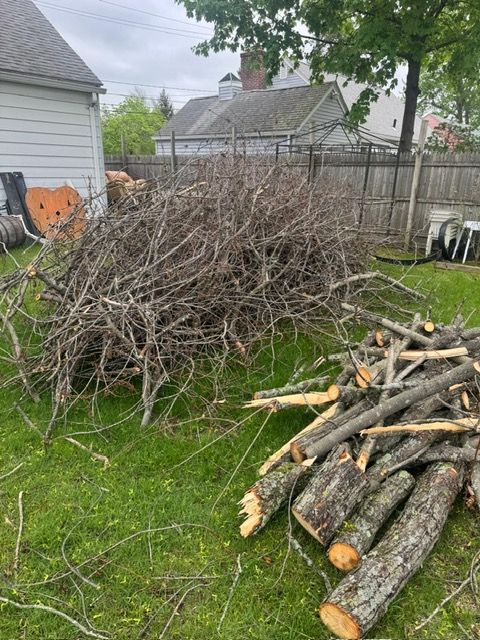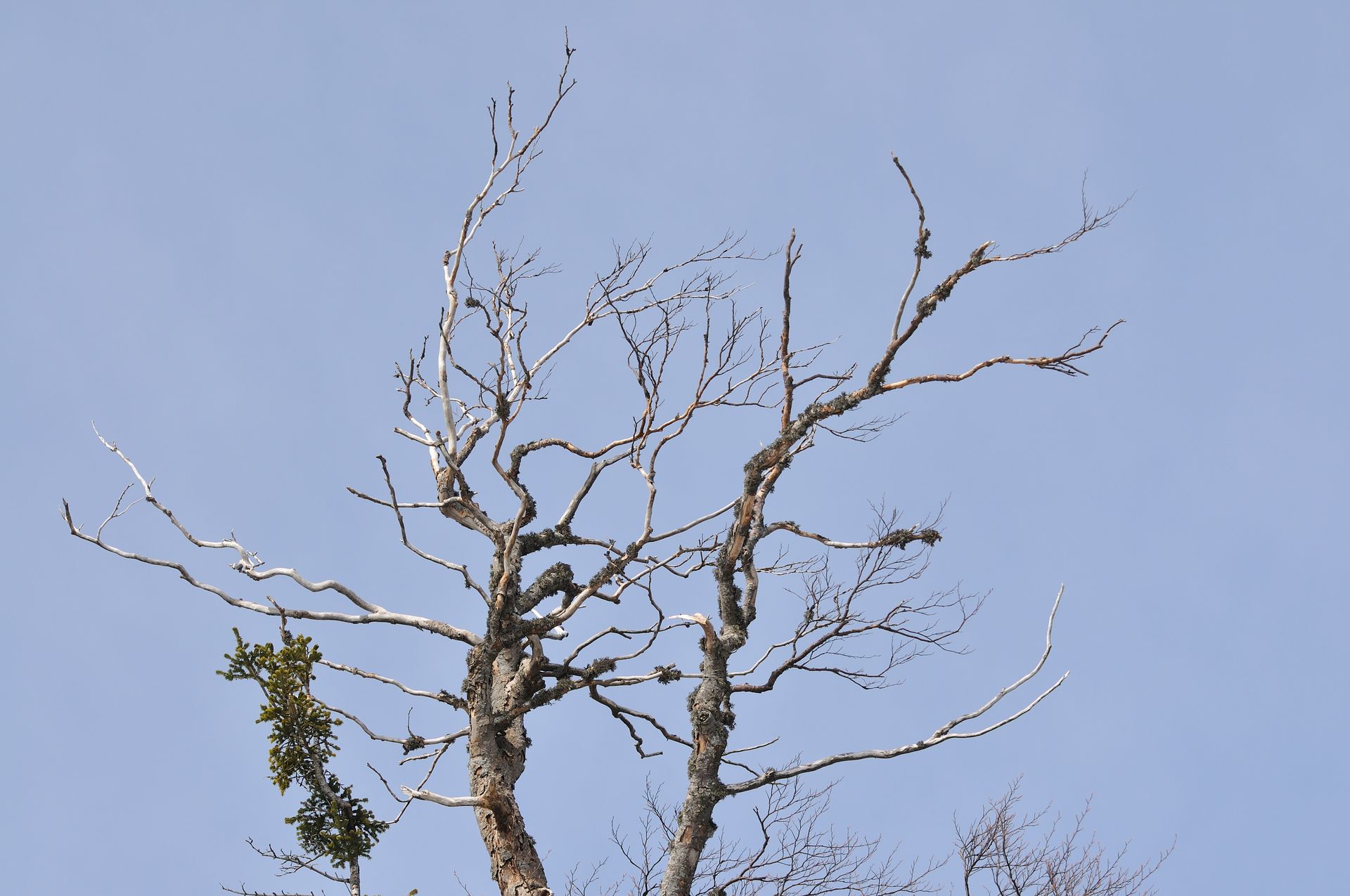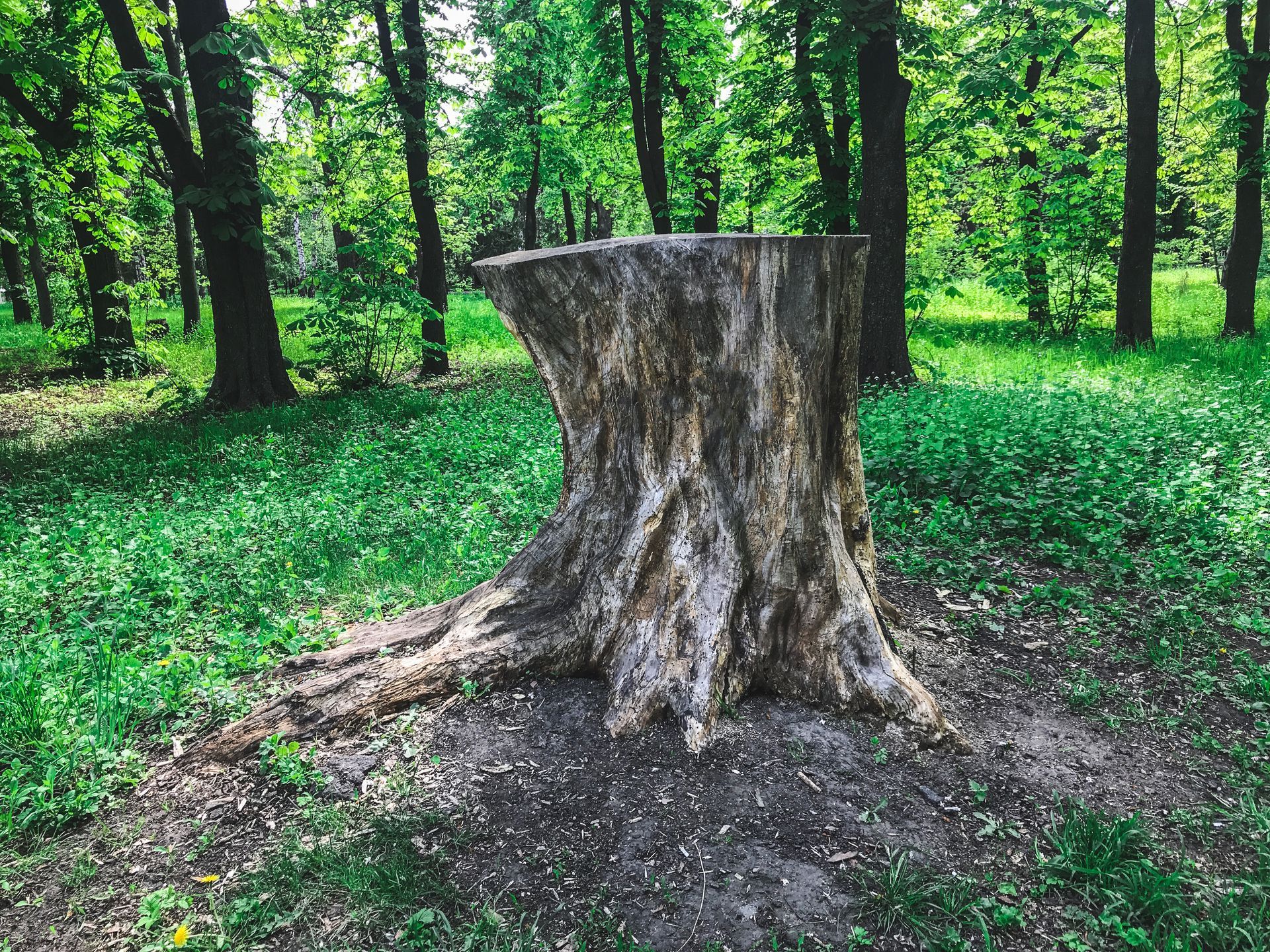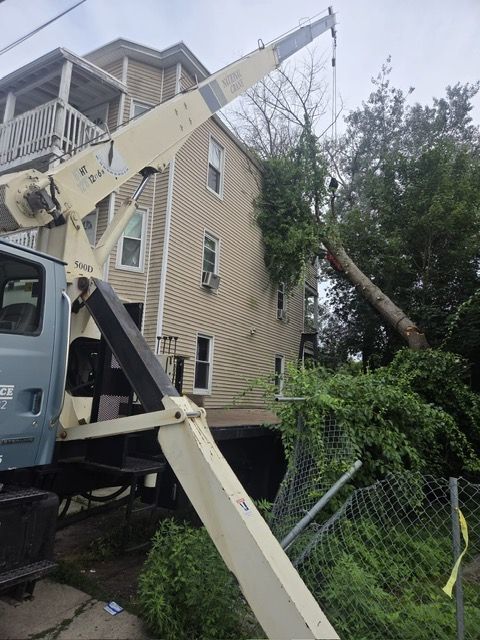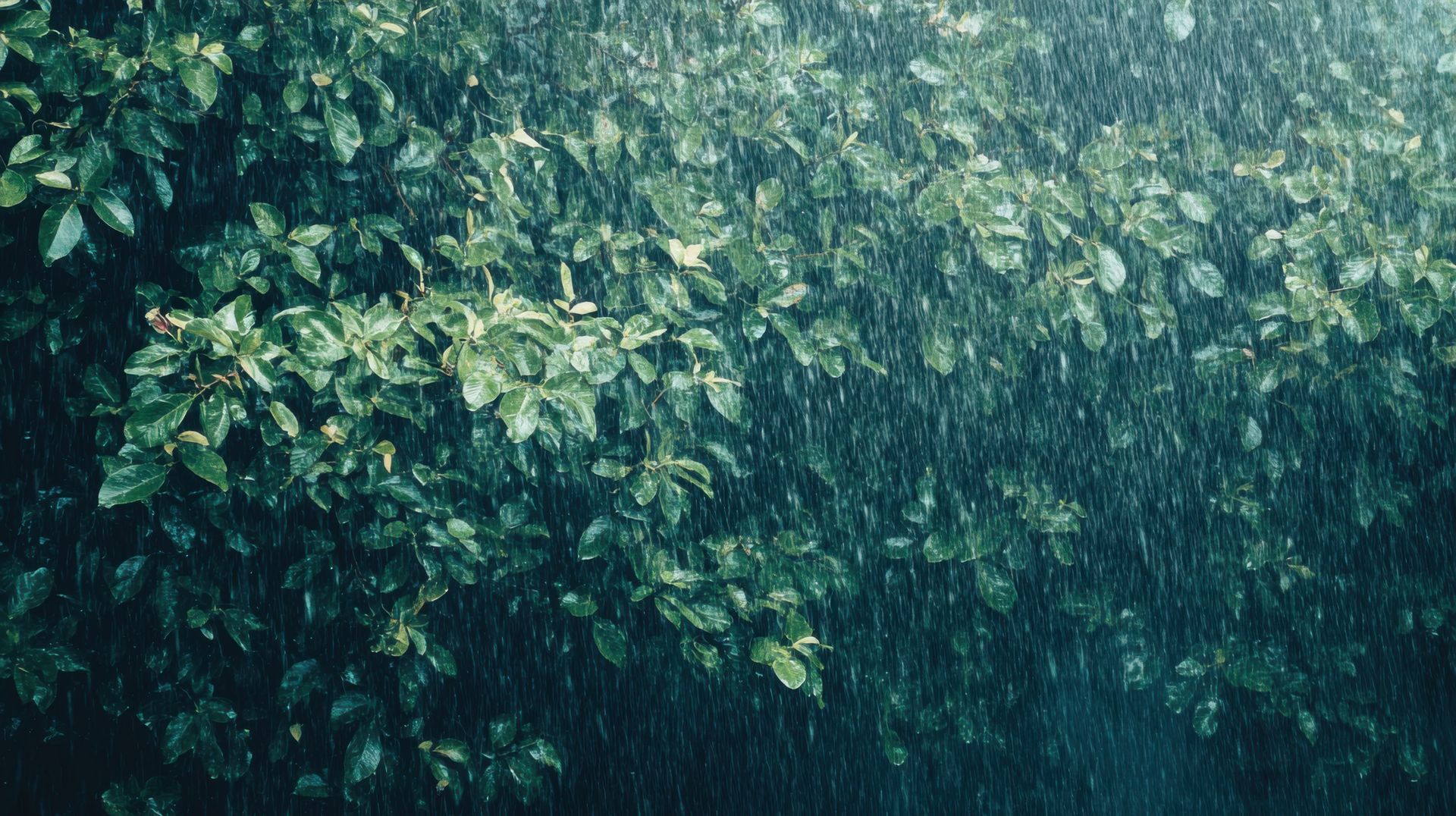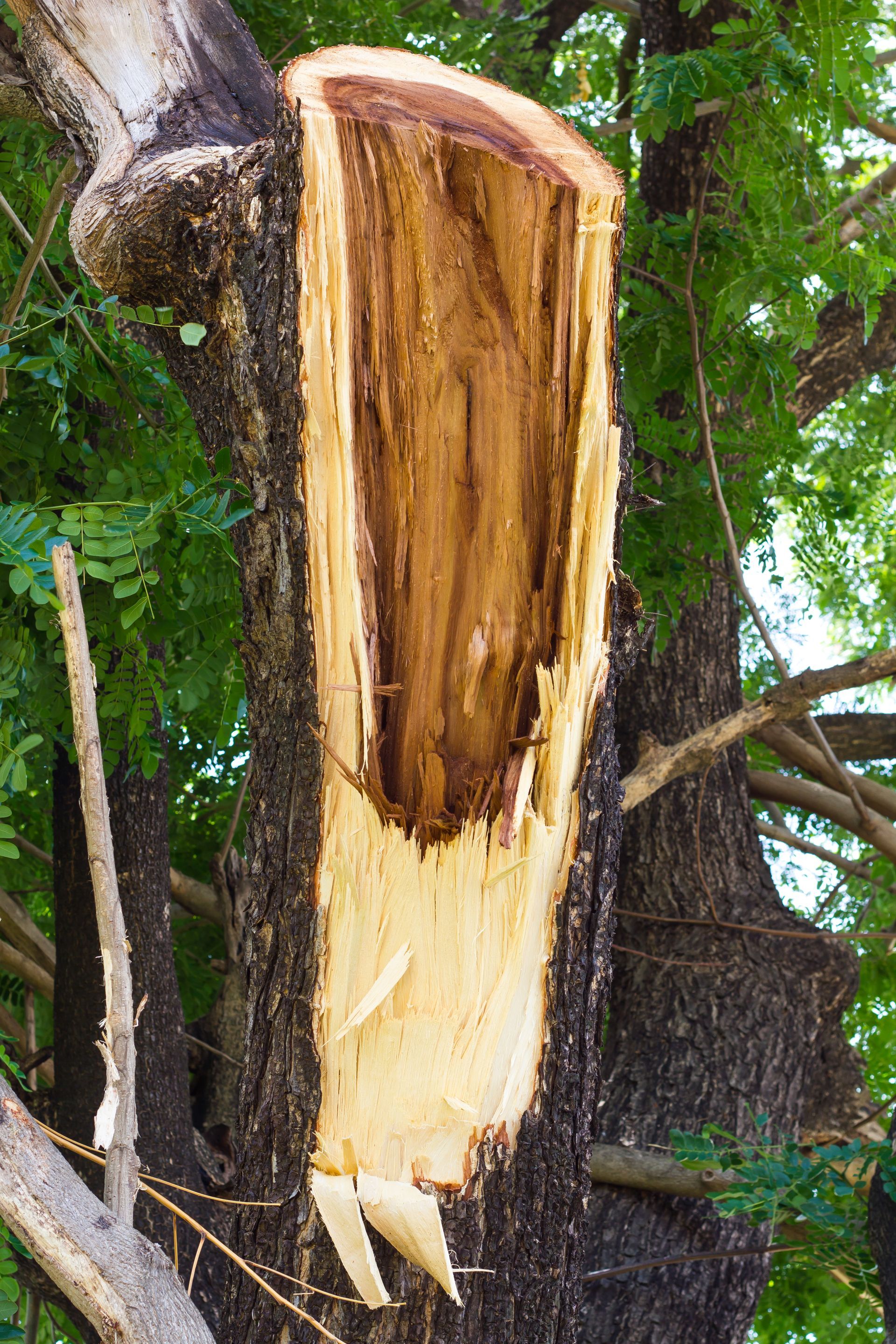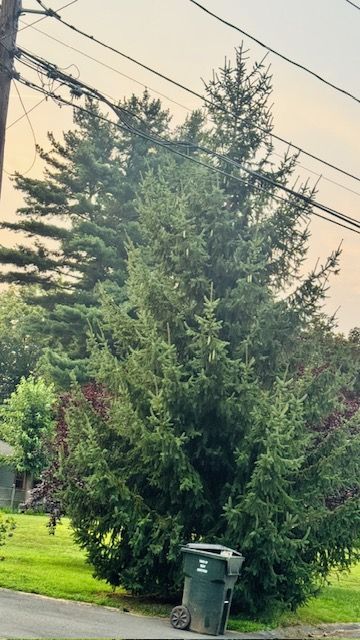Should You Remove Trees Close to the House?
In the realm of landscaping, the choice to remove trees in proximity to your home is a multifaceted consideration that intertwines aesthetics, safety, and the overall well-being of your property. As homeowners, contemplating tree removal may be overwhelming, but it's crucial to delve into the factors influencing this decision to make an informed choice.
Prioritize Safety:
The safety of your home and its occupants is paramount. Trees near your house, if diseased, damaged, or leaning precariously, pose a potential risk during storms or adverse weather. Falling branches or an uprooted tree can lead to severe damage, endangering lives and causing costly repairs.
Foundation and Structural Integrity:
The proximity of trees can impact the foundation and structural integrity. Large tree roots might extend beneath the foundation, causing issues like subsidence or upheaval. While small trees generally have less impact, it's crucial to consider soil type and specific conditions affecting your property.
Aesthetics Matter:
Beyond safety, aesthetics play a crucial role. Trees contribute to visual appeal, providing shade, privacy, and a connection to nature. Removal may dramatically alter the landscape, but strategic tree removal can enhance overall aesthetics and create a harmonious balance.
Tree Health and Disease:
Assessing tree health is crucial. Diseased or dying trees can pose a higher risk of falling. Regular inspection by a certified arborist can identify potential issues and guide decisions on removal.
Future Growth and Space Utilization:
Consider future growth patterns. Some species may outgrow the available space, causing branches to encroach on your home. Understanding growth patterns aids in making proactive decisions.
Consult Experts:
Engage certified arborists or tree removal professionals for a comprehensive property evaluation. They consider tree health, risk factors, and potential impact on your home, guiding you in deciding on removal.
Environmental Considerations:
Think about the environmental impact. Trees contribute to ecological balance, providing habitat for wildlife and improving air quality. Removal should be approached responsibly, understanding the ecological footprint and considering replanting options.
The decision to remove trees near your home requires a thoughtful analysis of safety, aesthetics, and environmental impact. Consulting professionals and considering long-term implications ensures your decision aligns with your property's best interests and the surrounding environment.
